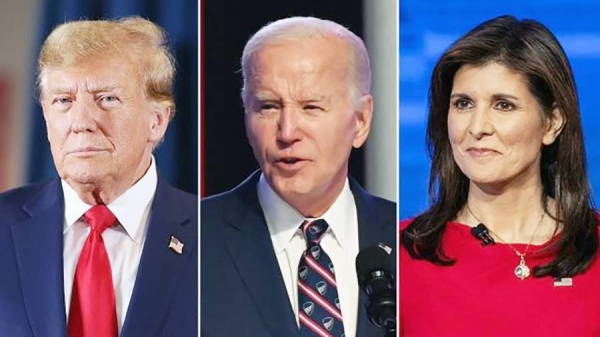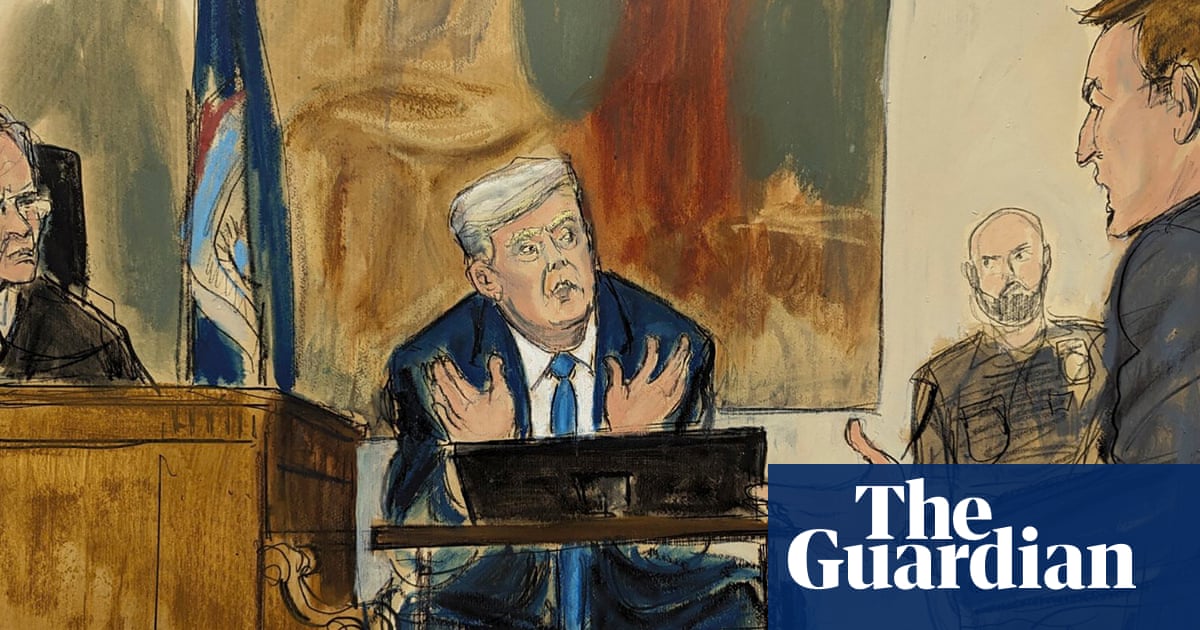
Those who were surprised to hear on Monday that US President Donald Trump offered to meet with Iranian President Hassan Rouhani have not been paying enough attention to Trump’s tactics. After the two traded particularly vitriolic barbs last week, Trump appeared to open the door to negotiating with Iran. This does not indicate that the United States is taking a softer position on Iran or that the Trump administration will loosen the sanctions that are about to be reinstated. This is simply the way Trump negotiates.
In the early 20th century, American president Theodore Roosevelt famously characterized his own diplomatic style with the phrase, “Speak softly and carry a big stick.” Roosevelt, a somewhat bellicose former soldier, felt that his manliness and the strength of the United States (which was only on its way to becoming a military power at the time) would accomplish anything he needed on the international stage. President Trump, on the other hand, works in the opposite way. He figures he will speak loudly, threaten his opponents with America’s big stick, but only use that stick when he has to.
In the first few months of Trump’s term in office it became clear he was facing a problem with North Korea’s nuclear threats. North Korea was launching test missiles in the direction of Japan and threatening Guam, a US territory in the Pacific Ocean. In response, the president increased the economic pressure on North Korea. He brought Chinese President Xi Jinping on board with his plans, because China is North Korea’s economic lifeline. He also spoke about North Korea’s rogue actions in front of the United Nations and derisively called North Korean leader Kim Jong Un, “little rocket man.”
When Kim said that he had a nuclear button, Trump responded on Twitter as follows: “North Korean Leader Kim Jong Un just stated that the ‘Nuclear Button is on his desk at all times.’ Will someone from his depleted and food starved regime please inform him that I too have a Nuclear Button, but it is a much bigger & more powerful one than his, and my Button works!”
Ultimately, North Korea stopped testing its nuclear-capable missiles and arranged a meeting with Trump in Singapore. Before the meeting took place, North Korea returned three Americans who were being held captive there. When they met in June, Trump could not have been more gracious to Kim, and they came away from their day together with several tangible accomplishments. Missile tests are still halted, and there are reports that North Korea is dismantling some nuclear sites. The remains of American soldiers killed in Korea more than 60 years ago were recently returned to the United States. Most importantly, the belligerent talk on both sides has receded while negotiations continue.
President Trump uses the tactics of harsh rhetoric followed by extreme friendliness in issues as basic as trade negotiation with China, Europe and even close allies like Canada
Ellen R. Wald
North Korea and Iran are global hotspots that could potentially erupt into outright conflict. However, Trump also uses the tactics of harsh rhetoric followed by extreme friendliness in issues as basic as trade negotiation with China, Europe and even close allies like Canada.
When it comes to Iran, Trump seeks to halt its regional belligerence and permanently end Iran’s nuclear ambitions. Another important objective is the release of American and British captives who are being held in Iran. It is clear that he does not intend to pay ransoms, as his predecessor did.
With Iran, Trump is using similar tactics as he did with North Korea. He is taking a hard stance with the renewed sanctions. He is presenting himself as a tough opponent, using harsh rhetoric and refusing to be flexible on sanctions. He is asking for complete capitulation by the Iranian regime. He is asking for everything and acting like he will get it. That is his opening bid in the negotiations.
In other words, Trump is driving a very hard bargain. He is willing to meet with Rouhani without preconditions because he realizes he should not and cannot bargain until he is at the bargaining table. Trump often boasts that he wrote a bestselling book called “The Art of the Deal.” The book is about negotiation. Everything for him is a negotiation –especially international diplomacy. He establishes his position and he pursues his goals. He knows he probably will not get everything he wants, but the objective is to get everything he needs and maybe more. When a deal is struck, even if it is not exactly what he wanted, he praises both sides for a successful negotiation.
What we saw on Monday is President Trump’s tactic playing out. It is not a sign that he is pivoting his strategy or weakening his position when he offers to meet with the Iranians. Nor is this a signal that the United States is abandoning its Middle East allies. This is how he works.
Ellen R. Wald, Ph.D. is a historian and author of “Saudi, Inc.” She is the president of Transversal Consulting and also teaches Middle East history and policy at Jacksonville University. Twitter: @EnergzdEconomy
Disclaimer: Views expressed by writers in this section are their own and do not necessarily reflect Arab News" point-of-view












